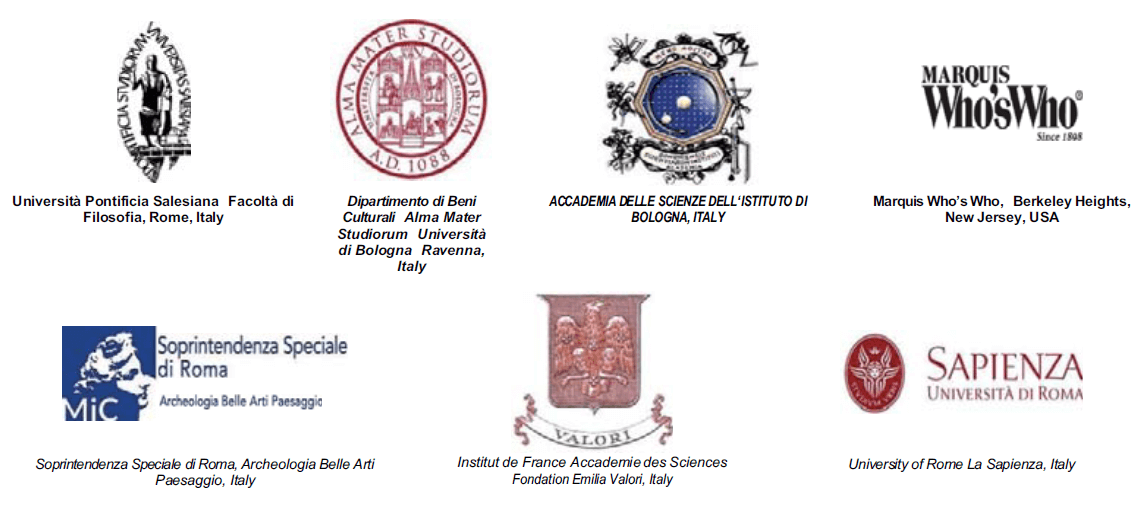Study of alteration and degradation products of a Roman marble sarcophagus located in the medieval cloister of the old st Cosimato’s Convent, now the new "Regina Margherita Hospital” (Rome)
DOI:
https://doi.org/10.6092/issn.1973-9494/1747Abstract
Optical and SEM-EDS microscopy, FT-IR and mFT-IR spectroscopy investigations have been applied to the study of alteration and degradation products of a Roman sarcophagus located in the medieval cloister of St Cosimato’s Convent, now the new “Regina Margherita Hospital” (Rome) before restoration work. This scientific analysis was performed in order to compare it with a diagnosis report based on the restorer’s expertise. The sarcophagus is small and consists of a single block of fine-grained marble covered by a thick pink patina. The results obtained from this diagnostic investigation, allow us to draw important conclusions about the state of conservation of this archaeological artefact. The main components found in the samples analyzed are: black crust, calcium oxalate, organic matter due to recent conservation treatment, calcite, iron-oxides and coloured earths. In particular, the combined used of petrographical and mFT-IR analysis provided useful insights into the polishing and consolidation processes of archaeological artefacts.Downloads
How to Cite
Crisci, G. M., La Russa, M. F., Malagodi, M., Mariani, F., Mazzoleni, P., Pezzino, A., & Ruffolo, S. A. (2009). Study of alteration and degradation products of a Roman marble sarcophagus located in the medieval cloister of the old st Cosimato’s Convent, now the new "Regina Margherita Hospital” (Rome). Conservation Science in Cultural Heritage, 9(1), 143–156. https://doi.org/10.6092/issn.1973-9494/1747
Issue
Section
Articles
License
Copyright (c) 2009 Gino Mirocle Crisci, Mauro Francesco La Russa, Marco Malagodi, Francesca Mariani, Paolo Mazzoleni, Antonino Pezzino, Silvestro Antonio Ruffolo
Copyrights and publishing rights of all the texts on this journal belong to the respective authors without restrictions. Authors grant the journal right of first publication.
This journal is licensed under a Creative Commons Attribution 4.0 International License (full legal code).
See also our Open Access Policy.






